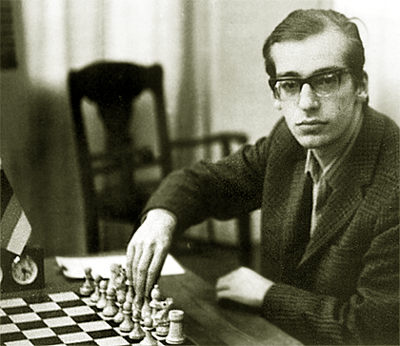.jpeg)

.jpeg)
[Note that Jon Speelman also looks at the content of the article in video format, here embedded at the end of the article.]
 Three decades ago, when I was one of Nigel Short’s seconds for his 1993 World Championship match with Garry Kasparov, my main sparring partner was Robert Hübner (pictured).
Three decades ago, when I was one of Nigel Short’s seconds for his 1993 World Championship match with Garry Kasparov, my main sparring partner was Robert Hübner (pictured).
Nigel was taking Garry on in some incredibly sharp Najdorfs after 6.Bc4, and following our fundamental chess natures, Robert took on the role of matter, accepting material as Black and then defending himself while I represented energy, trying to blow him away. This was all before serious computer analysis took over — and the wonderful defender that he is, Robert very often confounded me.
When really strong computers did develop (and soon became available to all), the initial effect was to reduce our human belief in the power of attack, as they seemed to be able to hold almost any position. Much later, Alpha Zero and its cousins came along, and suddenly long-term attacks were all the rage. Though more recently still the pendulum has swung a little way back to defence as the best engines — which now combine both “classical” computer chess approaches and the AlphaZero “Monte Carlo” method — have reasserted themselves.
From a human perspective, we can’t hope to emulate the machine’s calculating ability (though the young titans do a much more thorough job of calculation than in my day). And what we must do is to plough a sensible course, in which we calculate as much as possible within the constraints of the time limit and our own energy levels and aim for positions to play in which we feel reasonably comfortable — there’s little advantage in going for some horrifically complicated line in which the machine is very happy but we feel seasick!
This means that I would much rather have a pleasant positional advantage with a safe king than be a piece up and completely winning according to our silicon lords and masters, but have to find some difficult only moves. But it’s only a personal preference, and if I were still a ferocious young player, confident in my calculating ability under pressure, then I might take the latter.
The important thing is to make decisions based both on the position on the board and your own preferences, and I’m looking today at a couple of examples of this from Wijk and my own very slight but still interesting game last Sunday at the 4NCL.
Select an entry from the list to switch between games
| Advertising |